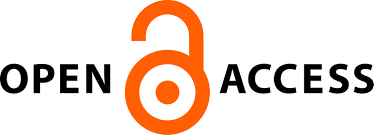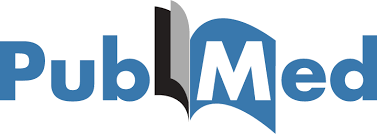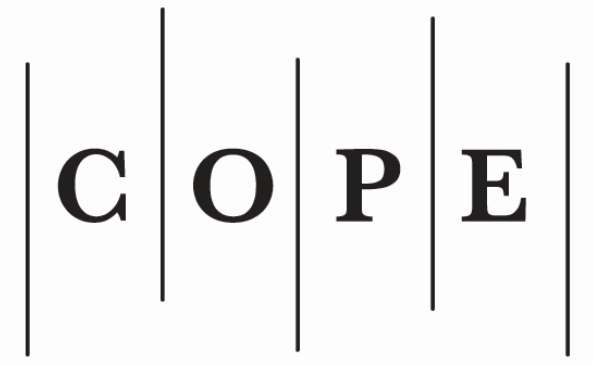The Future Potential of Internet of Things
##plugins.themes.bootstrap3.article.main##
Abstract
Purpose: To define the Internet of things and to analyze it as a background for the internet of services.
Design/methodology/approach: The article discusses potential possibilities and problematic issues concerning the Internet of things (IoT) and Internet of services (IoS). The debates concerning IoT and its possible application fields have continued for more than ten years. The technological background is there and the fields of application are broad. However, there is still a lack of understanding about the possible benefits that technology could give to various bodies if applied correctly. This article is based on comparison and analysis of scientific articles, research papers and case studies related to the potential for IoT and its implementation in IoS.
Theoretical findings: IoT is a logical evolutionary step for the internet. Despite the technological background, the concept of objects which are aware of their surroundings, allow to manipulate them by defining different rule patterns and ensuring interaction possibilities with other objects or human beings. The necessity for web-based services is increasing along with the technological gadgets which support them. Applying things, which are connected in a network, could revolutionize many industry and service sectors and create new service provision and administration methods based on information technology. However, there are many problematic issues and research challenges related to the IoT. Few of the most significant are related to standardization of technology, legal regulation and ethical aspects concerning the IoT technology.
Research limitations/implications: The IoT is a popular trend promoted by the business sector and governmental bodies. There are few comprehensive studies and projects which talk about the benefits that business and society could gain from the IoT. There is a lot less information about the possible risk and problematic aspects, and a lack of agreements between the developers of technologies. In the scientific community arguments are also varied depending on the technologies used and regulation models adopted. For that reason it is possible to review the topics only focusing on narrow, but most comprehensively analyzed spectrum of problematic issues.
Practical implications: Theoretical framework for future research in the field was developed.
Design/methodology/approach: The article discusses potential possibilities and problematic issues concerning the Internet of things (IoT) and Internet of services (IoS). The debates concerning IoT and its possible application fields have continued for more than ten years. The technological background is there and the fields of application are broad. However, there is still a lack of understanding about the possible benefits that technology could give to various bodies if applied correctly. This article is based on comparison and analysis of scientific articles, research papers and case studies related to the potential for IoT and its implementation in IoS.
Theoretical findings: IoT is a logical evolutionary step for the internet. Despite the technological background, the concept of objects which are aware of their surroundings, allow to manipulate them by defining different rule patterns and ensuring interaction possibilities with other objects or human beings. The necessity for web-based services is increasing along with the technological gadgets which support them. Applying things, which are connected in a network, could revolutionize many industry and service sectors and create new service provision and administration methods based on information technology. However, there are many problematic issues and research challenges related to the IoT. Few of the most significant are related to standardization of technology, legal regulation and ethical aspects concerning the IoT technology.
Research limitations/implications: The IoT is a popular trend promoted by the business sector and governmental bodies. There are few comprehensive studies and projects which talk about the benefits that business and society could gain from the IoT. There is a lot less information about the possible risk and problematic aspects, and a lack of agreements between the developers of technologies. In the scientific community arguments are also varied depending on the technologies used and regulation models adopted. For that reason it is possible to review the topics only focusing on narrow, but most comprehensively analyzed spectrum of problematic issues.
Practical implications: Theoretical framework for future research in the field was developed.
##plugins.themes.bootstrap3.article.details##
Section
Articles
- The Author grants to the Publisher the exclusive right and licence to publish this Article without remuneration until the expiry of the economic rights: to reproduce the article in print and digital form, including its publication; to disseminate the original version of the Article or its copies in Lithuania and foreign countries; to translate the Article; to publish the article, including making it publicly available via computer networks; to reproduce and publish the Article in Lithuanian and foreign databases; to licence usage of the Article in ways described in this paragraph.
- The Author warrants that the economic rights of the Author have not been assigned or granted to third parties, that the Article has not been published so far and is not under consideration of being published elsewhere.
- The Author warrants that the Article does not violate intellectual property rights of others.
- After the Article is published in Social Technologies the Author shall have a right to make it public on personal website or on a website of an institution of affiliation, to reproduce it for non-commercial teaching or scholarly research purposes, clearly indicating that the primary source of its publication is Social Technologies.
- This consent shall be considered invalid if the Editorial Board of the Social Technologies decides not to publish the Article.
Authors contributing to Social Technologies agree to publish their articles under a Creative Commons Attribution 3.0 Unported (CC BY 3.0) Licence, allowing third parties to share their work (copy, distribute, transmit) and to adapt it, under the condition that the authors are given credit, and that in the event of reuse or distribution, the terms of this licence are made clear.







